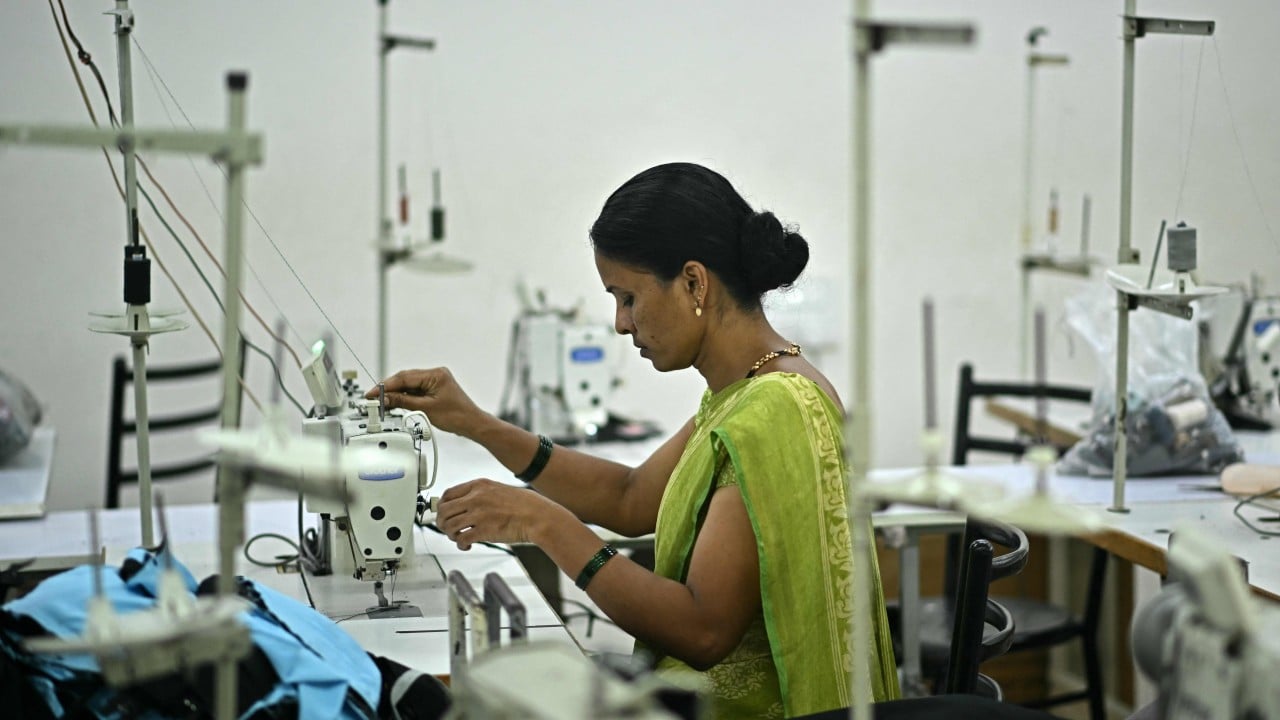Indian Prime Minister Narendra Modi will arrive in Tianjin on Sunday for the Shanghai Cooperation Organisation summit, his first visit to China in seven years, against a backdrop of the United States’ 50 per cent tariffs on India.
Advertisement
As India and China mark the 75th anniversary of diplomatic relations, they must not let the unfortunate Ladakh clashes of 2020 overshadow their win-win future. Among non-communist states, India was the first Asian nation to recognise the People’s Republic of China. While national dignity is important, the interests of 2.8 billion people in the two countries, representing more than a third of the global population, should be paramount.
While bilateral trade has continued to grow robustly in the last decade, Chinese investments in India have plummeted since 2020. In contrast to the peak of US$705 million in 2015 and a respectable US$535 million in 2019, Chinese foreign direct investment in 2023 was below US$100 million.
Border conflict is often seen as a key driver of economic freeze between the two countries. But even before the deadly clash in Galwan Valley in Ladakh in June 2020, India had revised its FDI policy in April that year to require governmental approval for investments from countries sharing land borders with India – including China. Broader forces might be at work in India’s clampdown on Chinese FDI.
The purchase of a 1.01 per cent stake in Indian mortgage lender Housing Development Financing Corporation (HDFC) Limited by the People’s Bank of China in the first quarter of 2020 could have been a trigger, though that stake was sold down to below 1 per cent by June that year.
Advertisement
While Chinese corporate investors can be aggressive and opportunistic in a range of countries, that is also the modus operandi of many American investors, including vulture funds. Among the shareholders in HDFC, there have been other sovereign investors, such as Singapore’s GIC. Why are these investors tolerated or even welcomed in India, while China has been singled out?

